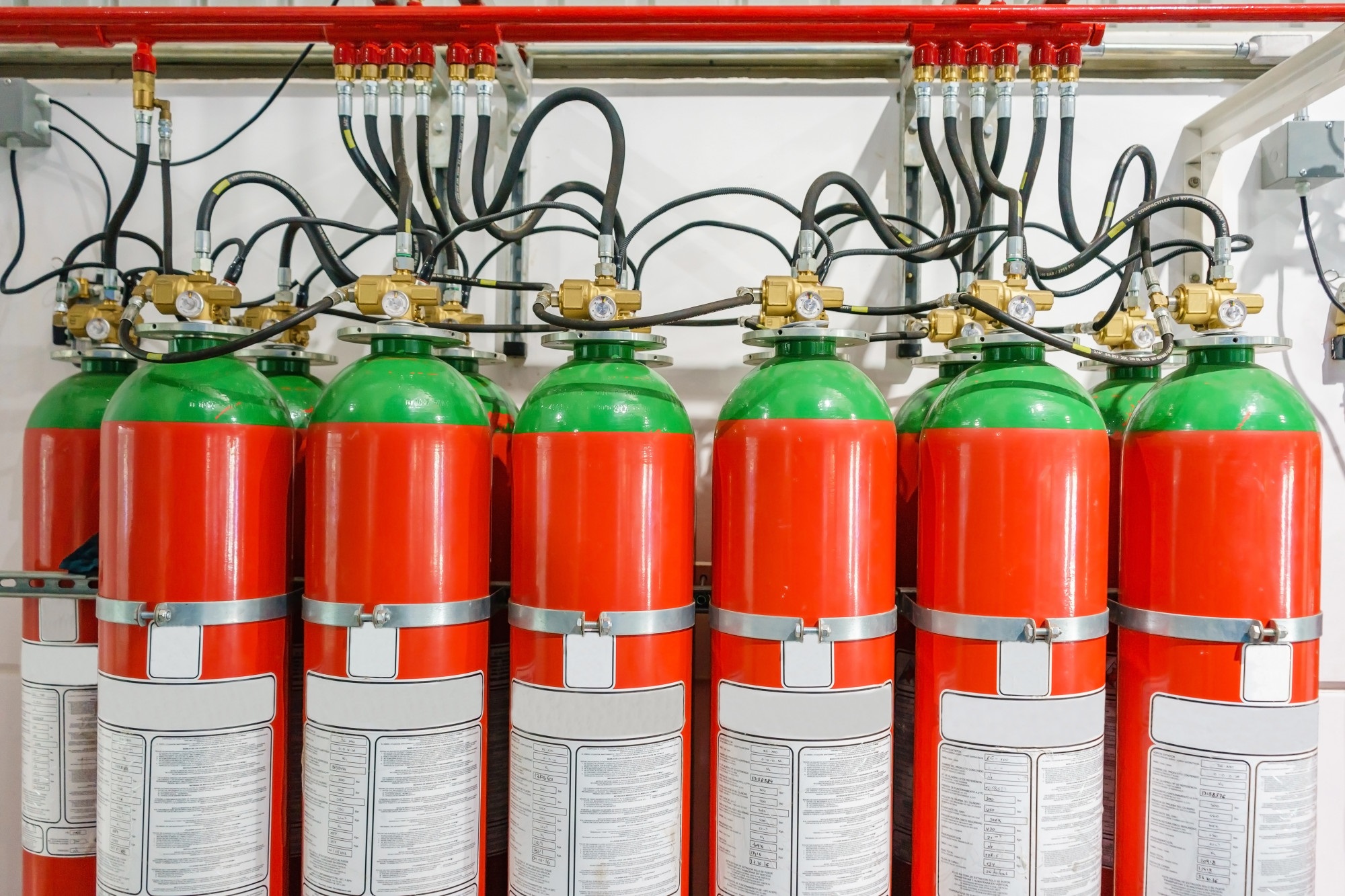Are you looking for a list of fire hazard examples?
A fire is something that most people don’t want themselves or their homes to be near. It can start small with a spark that leads to a significant flame. An unsupervised kitchen appliance or an unattended flame can create a hazard.
Check out what we’ve compiled below.
Flammable Liquids and Vapors
A fire hazard is anything that is able to contribute to the ignition, support, and spread of a fire. One example of a fire hazard is flammable liquids and vapors. Flammable liquids and vapors can ignite very easily and quickly due to their low flashpoints.
Common sources of flammable liquids and vapors are gasoline, diesel fuel, kerosene, paint thinner, paint and cleaning supplies, and many others. Careful handling and storage is essential when dealing with these substances, and it is important that they are kept away from sources of heat, sparks, and open flames.
Faulty Electrical Equipment
Faulty electrical equipment can cause overheating, sparking, and other dangerous occurrences which could lead to an unexpected fire. Items such as overloaded extension cords, faulty wiring, old frayed cords, broken plugs, and loose outlets can all pose a fire hazard.
It is, therefore, important to regularly inspect and check electrical equipment and power outlets to ensure that they are in working order and are not a fire hazard.
Overloading Power Sockets
Overloading power sockets is one of the most common causes of fires in the home. When too many appliances are plugged into one socket, or if too much power is running through a single socket, it can cause a spark that can quickly ignite a fire.
To avoid this, you should always use a surge protector to ensure you don’t exceed the safe limits for power on any given socket. Additionally, it’s important to check the wattage of devices being connected to one socket and spread the load among multiple sockets if necessary.
Human Error And Negligence
Human error and negligence are major factors when it comes to fire hazards. Poorly maintained electrical equipment, such as frayed wires and exposed sockets, can easily start a fire if they come into contact with flammable materials.
Poorly stored combustible materials that are not kept away from heat sources are also fire hazards. Carelessness when discarding cigarettes, matches, or hazardous materials such as paint and gasoline can easily start a fire, as well.
Objects That Generate Heat
Objects that generate heat present an increased risk of workplace hazards. When items like these are not operated properly or if flammable materials are placed too close to them, objects that generate heat can ignite and cause a fire.
This is why the use of these objects should be carefully monitored, and they should always be kept away from combustible materials. To limit the risk of fire hazards from objects that generate heat, it is best to keep them far away from flammable chemical items and operate them in accordance with the manufacturer’s instructions.
Be always ready by keeping a fire extinguisher with you in case of emergency.
Learn More About Fire Hazard
Fire hazards can be found in many places – from workplace hazards to the home. Taking the time to learn more about potential fire hazards can help to reduce the risks associated with them and help keep people and property safe.
Did you find this article helpful? Check out the rest of our blog for more!





Be First to Comment